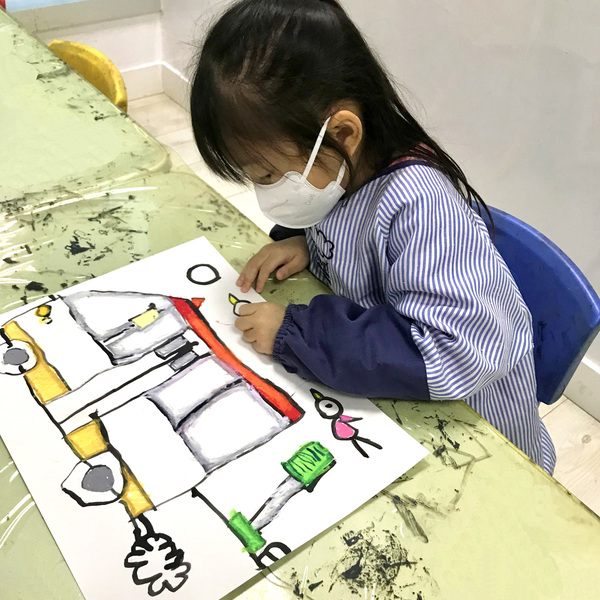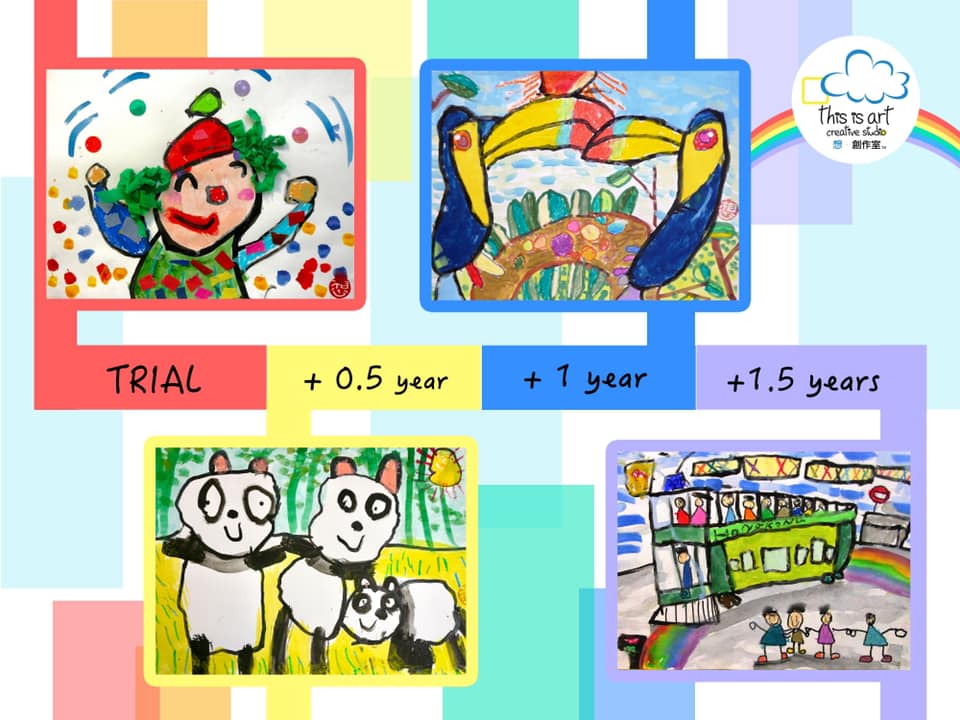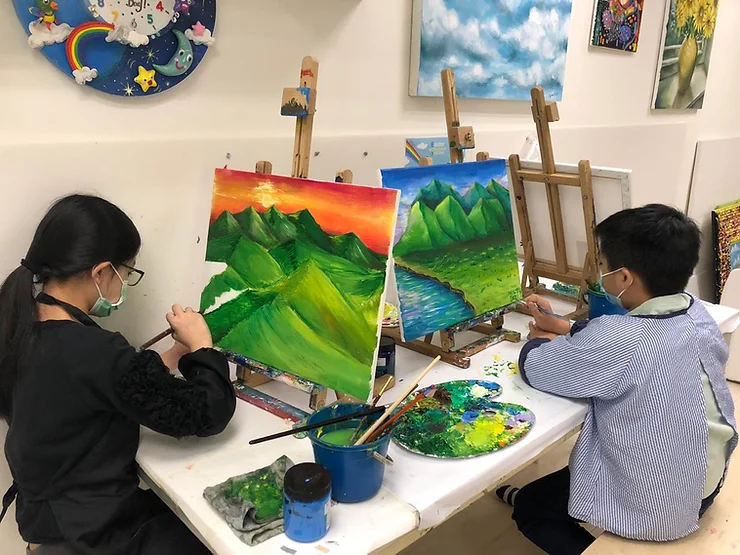Acrylic paint, a versatile and vibrant medium, has become a staple in artistic expression since its commercial introduction in the 20th century. Its quick-drying, durable nature and ease of use make it especially appealing for artists and educators. At this is art creative studio, we specialize in using acrylics to enhance the drawing techniques and knowledge for students aged 6 and above.
Characteristics of Acrylic Paint:
The appeal of acrylic lies in its rapid drying time and water-based composition, ensuring easy cleanups and safe handling, particularly for younger artists. Its versatility is also evident as it can replicate the textures and effects of oil and watercolor paints while being more user-friendly. Acrylic is notably suitable for beginners due to its water-solubility, fast-drying properties, and water resistance once dry, making it an excellent medium for students to explore their artistic capabilities.
Acclaimed Acrylic Masterpieces:
Acrylic paint has been fundamental in creating numerous iconic artworks. The following five masterpieces signify the medium’s significant impact on the art world:
- Campbell’s Soup Cans by Andy Warhol – A prominent piece in the pop art movement, featuring 32 canvases each depicting a different soup variety.
- A Bigger Splash by David Hockney – This work captures a dynamic splash in a swimming pool, illustrating Hockney’s adept use of acrylics.
- Convergence by Jackson Pollock – A quintessential Pollock piece known for his drip painting technique and abstract expressionism.
- Sky Backdrop by Alex Katz – Katz’s minimalist style and flat colors demonstrate the adaptability of acrylic paint.
- Christina’s World by Andrew Wyeth – Originally in tempera, this piece has been re-envisioned in acrylic, showcasing the medium’s potential for emotional depth.
Benefits of Acrylic Painting for Students:
Our Acrylic Painting class offers significant benefits that foster both creative and cognitive development for students aged 6 and above:
- Enhancement of Fine Motor Skills: Mastery of brushes and manipulation of paint improve hand-eye coordination and dexterity.
- Stimulation of Creative Thinking: Encouraging the use of imagination, acrylic painting promotes problem-solving and creativity.
- Promotion of Emotional Expression: The use of colors and shapes allows students to articulate complex emotions and thoughts.
- Development of Patience and Concentration: The focused nature of painting enhances attention span and concentration.
- Opportunities for Decision Making: Making choices about colors, textures, and compositions helps students learn consequences and develop critical thinking.
The use of Acrylic in Kids Art Class at this is art creative studio:
Our Acrylic Painting class is designated for students aged 6 and above, and crafted to foster joy and curiosity. With experienced Art instructors leading the class, students are able to dive into the world of color theory, composition, and brushwork, honing their unique artistic voice in an interactive and fun environment.
Acrylic Painting Techniques Taught to Students:
In our class, we introduce a wide range of acrylic painting techniques suited to different skill levels. Lessons primarily involve acrylic paints on canvas, where foundational skills such as brush handling and color mixing are taught alongside more advanced techniques like wet-on-wet painting and sgraffito, etc.




